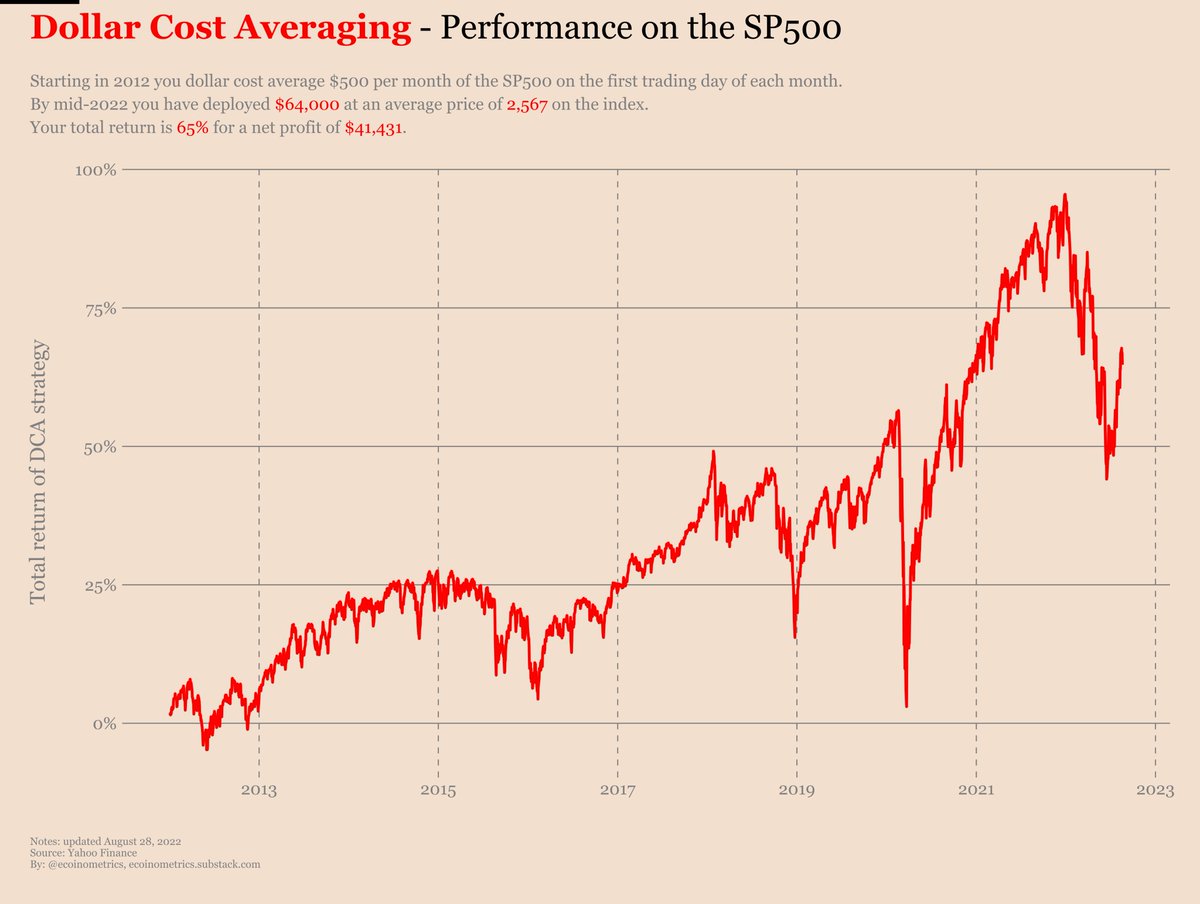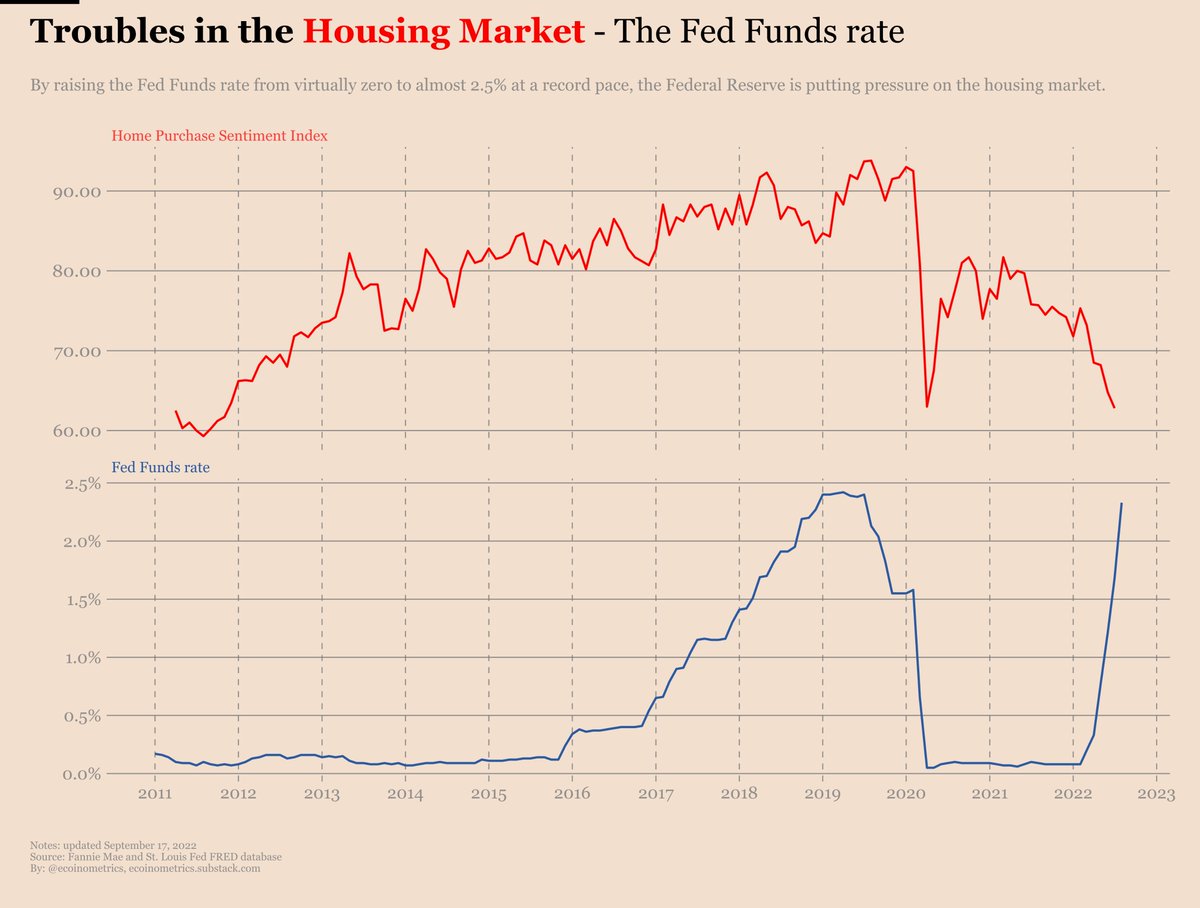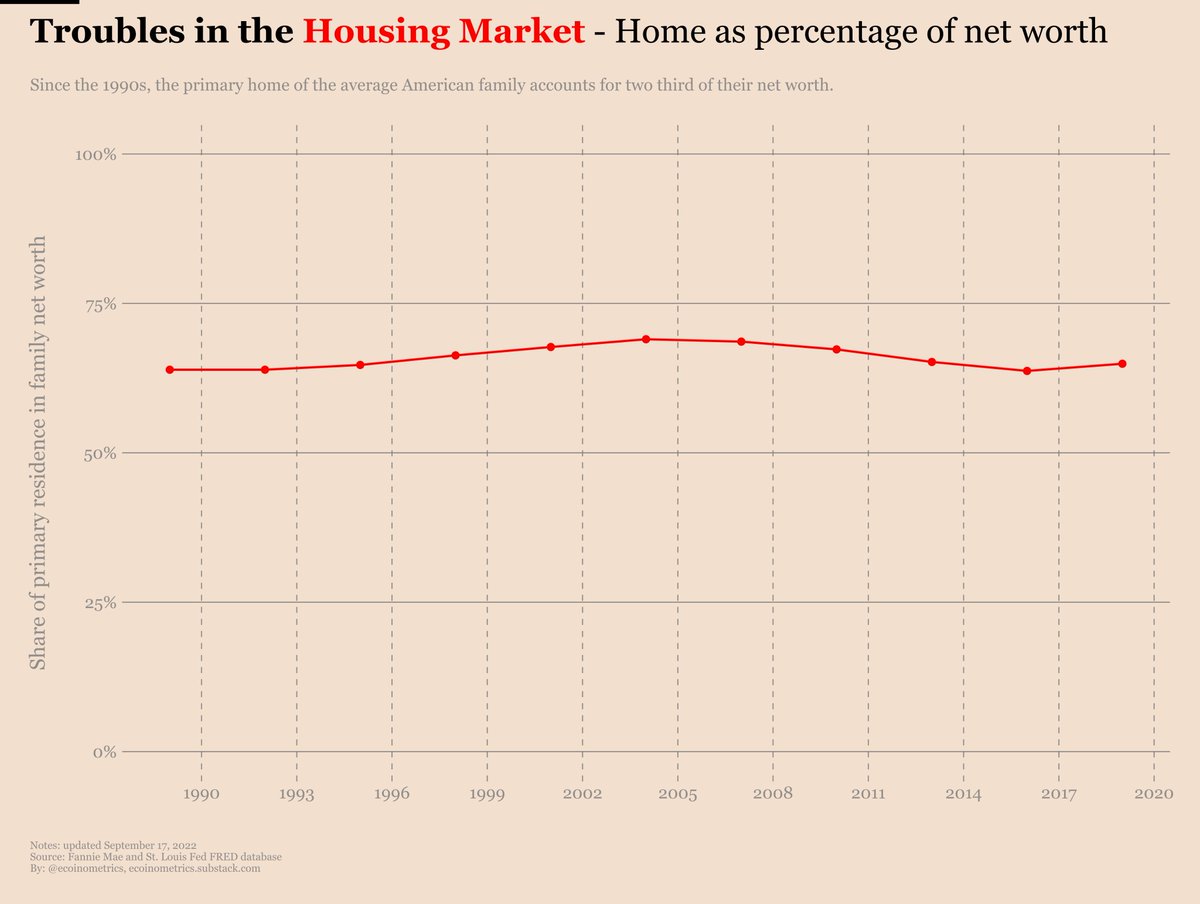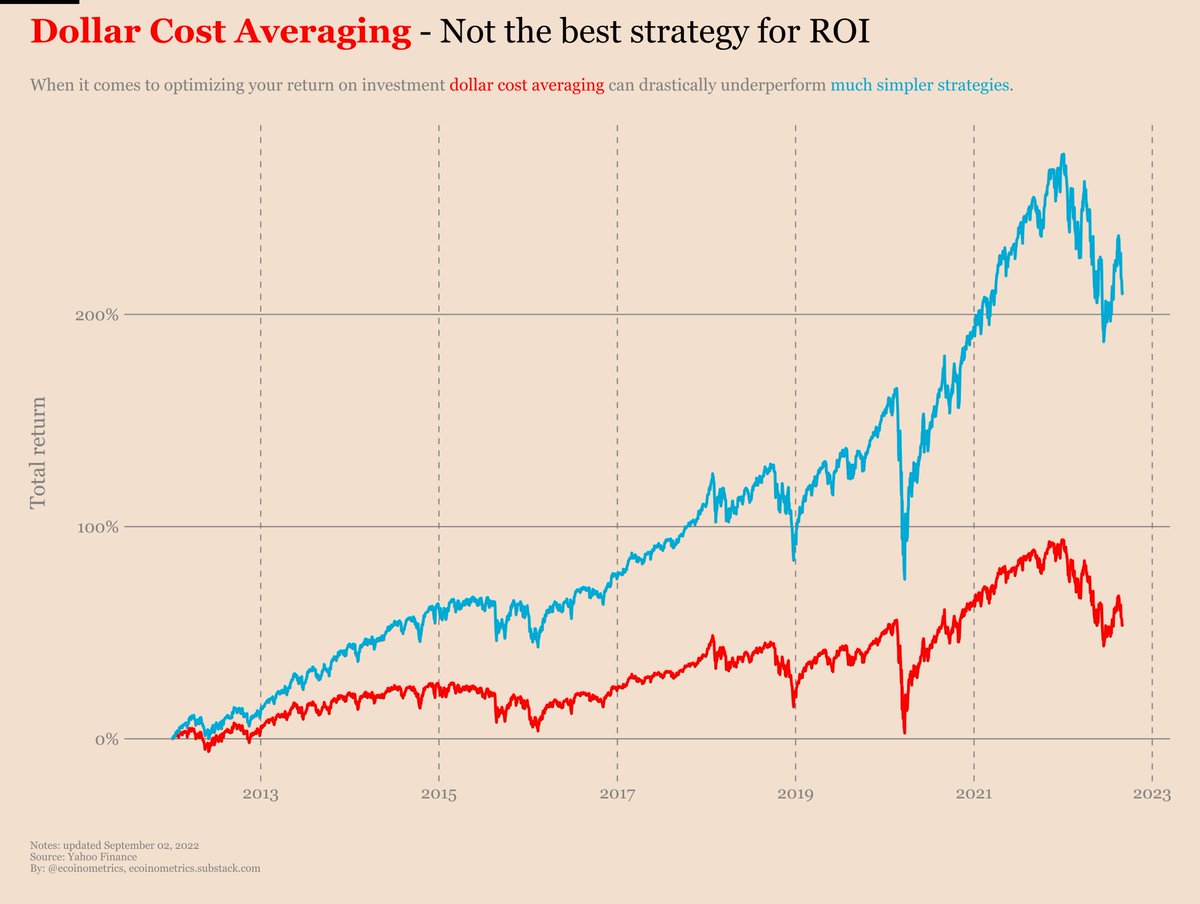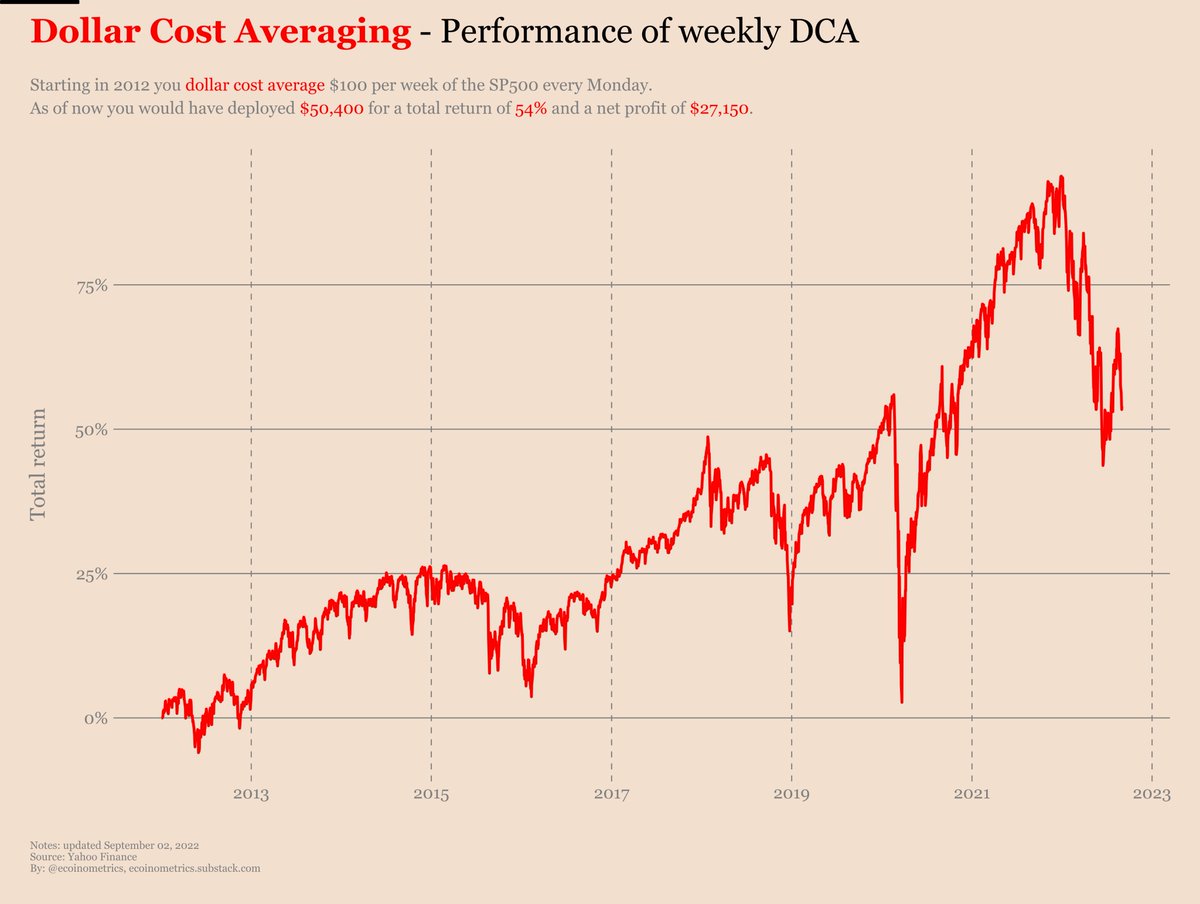The #Fed Playbook
Jul. 10, 2020
1/ The Fed continues purchasing treasury securities but swap lines and repo lending are down. That means another week of contraction of the balance sheet.
Down US$ 88 billion... but you can barely see it on the chart... 👇


Jul. 10, 2020
1/ The Fed continues purchasing treasury securities but swap lines and repo lending are down. That means another week of contraction of the balance sheet.
Down US$ 88 billion... but you can barely see it on the chart... 👇



2/ This balance sheet contraction is not a surprise though. It simply follows the end of the emergency measures. The same thing happened in 2008.
After that expect the #Fed to do more #QE and more balance sheet expansion. 👇
After that expect the #Fed to do more #QE and more balance sheet expansion. 👇

3/ And this is leading to nothing else but currency debasement.
From 1980 to 2019 the M2 money supply averaged a 5.85% growth every year with occasional spikes at 10%.
It is only July but already in 2020 the M2 money supply is up 20%!
#Brrr Thank you Chairman Powell...
From 1980 to 2019 the M2 money supply averaged a 5.85% growth every year with occasional spikes at 10%.
It is only July but already in 2020 the M2 money supply is up 20%!
#Brrr Thank you Chairman Powell...
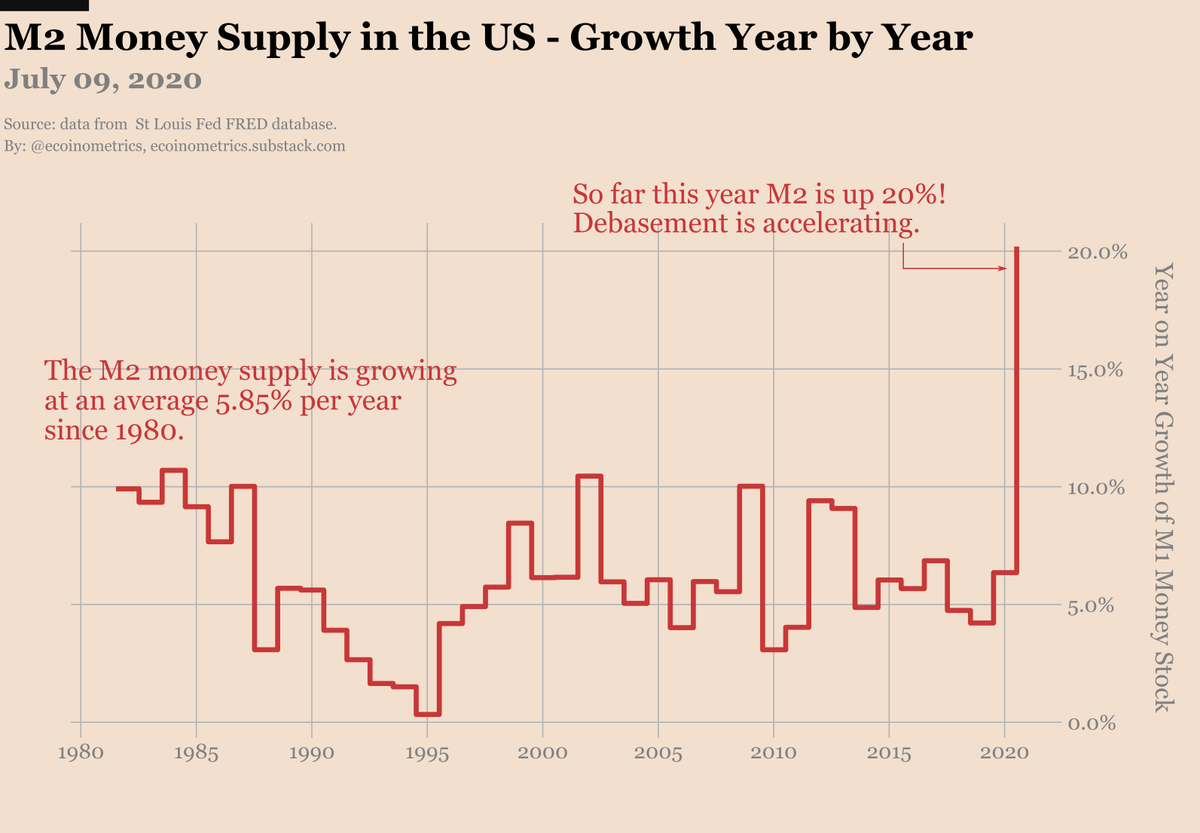
4/ There is only one way out of it: #StackingSats!
Problems: #FOMC #QE #CentralBanks
Solution: #Bitcoin
Problems: #FOMC #QE #CentralBanks
Solution: #Bitcoin
• • •
Missing some Tweet in this thread? You can try to
force a refresh







